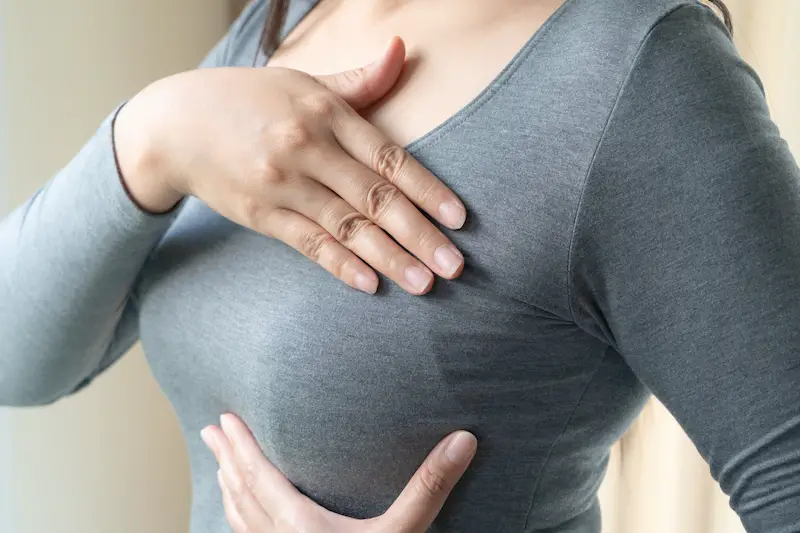A recent study has shed light on many women’s unawareness of the increased risk of breast cancer associated with dense breast tissue.
The study found that only 6 out of the 61 interviewed women recognized breast density as a contributing risk factor, while the majority believed other factors such as family history or being overweight/obese were more impactful.
Dense breasts are composed of more fibrous and glandular tissue compared to fatty tissue and generally pose 1.2-4 times higher risk of developing breast cancer than non-dense breasts.
It can be detected through mammograms, which US Preventive Services Task Force recommends women between ages 45-54 get annually, and those older than 54 receive them biyearly.
However, newer types of mammography called digital breast tomosynthesis may be more helpful in detecting abnormalities in dense breasts and magnetic resonance imaging (MRI) scans can help find some cancers missed by a conventional mammogram.
Women with dense breasts should consult their healthcare provider about their individual risks of developing the disease and available screening options.
Article updated 2 months ago. Content is written and modified by multiple authors.




